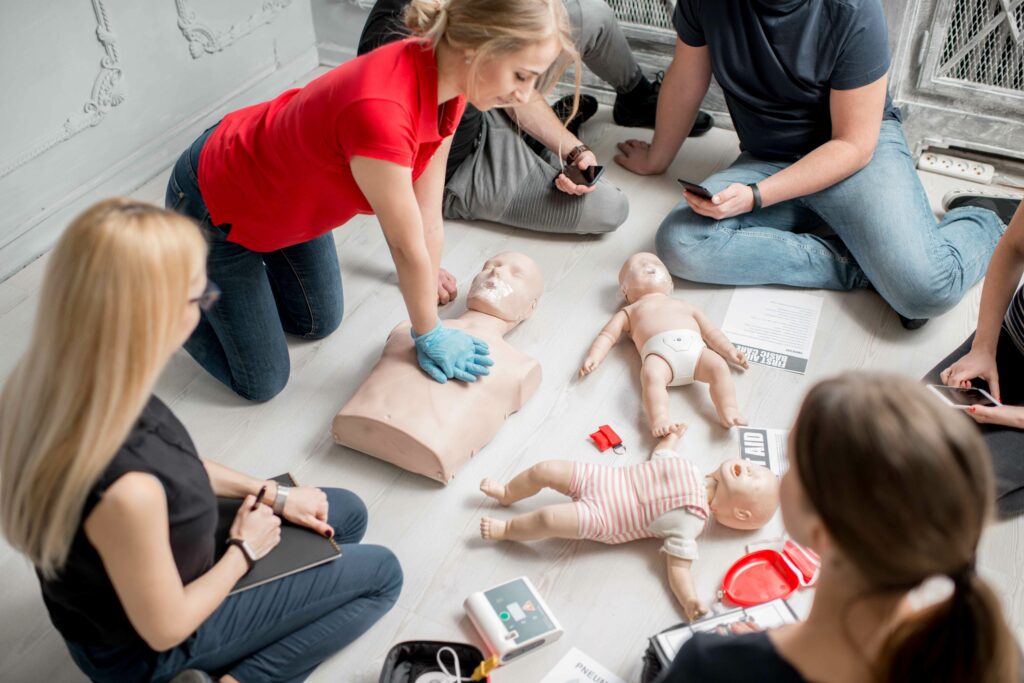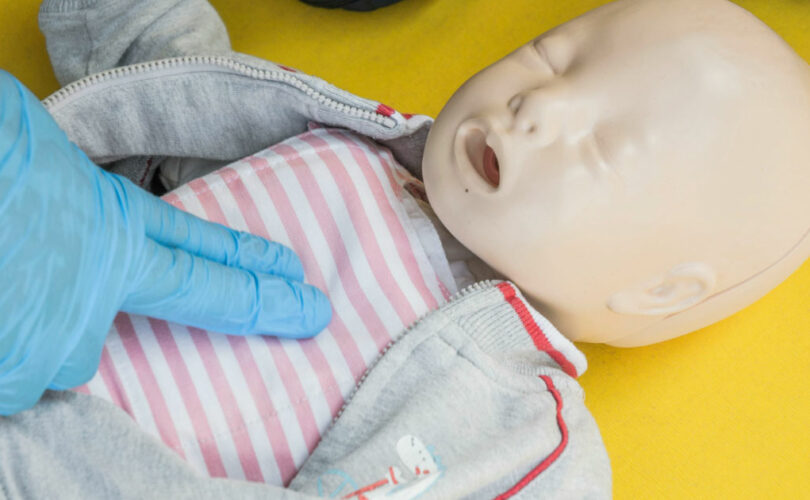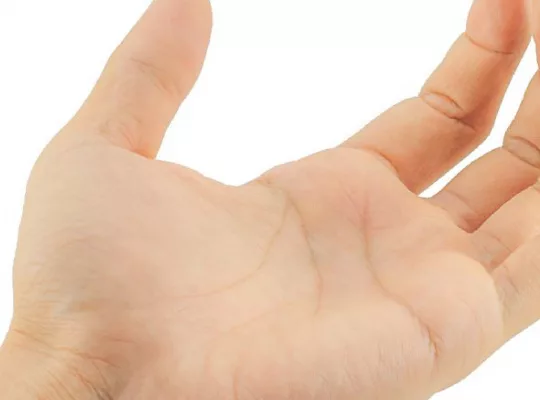If you’re being asked to get certified in CPR, First Aid, or BLS—and you’re not sure which one to choose—you’re not alone. Many people assume BLS is just another name for CPR, or maybe a bundled version that includes First Aid.
But BLS (Basic Life Support) is actually a distinct certification, and while it overlaps with CPR training, it also includes more advanced skills that aren’t typically taught in basic CPR or First Aid classes.
This guide is designed to help you decide whether it makes sense to upgrade to BLS certification based on what you actually need.
What Is BLS, and How Is It Different from CPR?
Basic Life Support (BLS) is a professional-level certification that covers emergency response in situations where multiple rescuers, advanced equipment, and coordinated care are involved.
Most people are already familiar with CPR (Cardiopulmonary Resuscitation), which teaches:
- How to respond to a cardiac arrest
- Hands-only or full CPR with rescue breaths
- AED (automated external defibrillator) usage
- Choking rescue
BLS goes a level deeper. It still includes everything in CPR, but expands on it with:
- Two-person CPR techniques and team dynamics
- Use of advanced airway tools (like bag-mask devices)
- Scene assessment and critical thinking
- Expectations for emergency professionals
While CPR is designed for the general public, BLS is meant for those expected to respond as part of a coordinated team, not just as a bystander.

These classes are usually 2-3 hours and available in-person, online, or blended formats.
Common Misconceptions About BLS
Myth #1: BLS is just CPR + First Aid
Wrong. BLS doesn’t necessarily include First Aid at all. It’s focused on resuscitation and life-threatening emergencies, not treating burns, wounds, or allergic reactions.
Myth #2: BLS is only for doctors or EMTs
Not true. While BLS is a requirement for many medical professionals, some workplaces, schools, or programs may ask for it even if you’re not in healthcare—especially if your role involves risk or responsibility in emergency scenarios.
Myth #3: If I already know CPR, I don’t need BLS
That depends. If your role involves team-based response, pediatric care, or high-pressure settings, BLS may be preferred—even required.
Is It Worth Upgrading to BLS Certification?
Here’s where it gets practical. Ask yourself:
1. Are you being asked to get BLS by name?
If the organization requiring your certification specifically lists “BLS,” then yes—you’ll need it. Some employers or institutions draw a line between basic CPR and BLS, and won’t accept one in place of the other.
2. Will you be expected to perform CPR as part of a team or in a professional setting?
BLS certification prepares you for coordinated response, including taking turns doing compressions, using advanced equipment, and responding quickly in complex situations. If you’ll be working around other trained responders, BLS gives you a clearer framework for communication and shared responsibility.
3. Will basic CPR cover your needs?
If you’re being asked to know how to respond in an emergency—maybe as a parent, teacher, coach, or volunteer—then CPR may be all that’s required. It’s faster, cheaper, and covers the essentials of saving a life during cardiac arrest.
However, BLS is often seen as a more credible, professional-level certification. If you want to stand out, cover more scenarios, or simply be better prepared, BLS offers a deeper skillset.
Side-by-Side Comparison
| Feature | BLS Certification | CPR Certification | First Aid Certification |
|---|---|---|---|
| Designed For | Professional responders | General public | General public |
| Includes CPR | Yes (advanced level) | Yes | Not usually |
| AED Use | Yes | Yes | Sometimes |
| Advanced Airway Techniques | Yes | No | No |
| First Aid Skills Included? | No | No | Yes |
| Group/Team Response | Yes | No | No |
| Renewal Cycle | Every 2 years | Every 2 years | Every 2-3 years |
Still Not Sure?
Here’s a simplified way to think about it:
- If you’re being asked to take BLS, go with it—it’s probably not optional.
- If CPR is enough, but you want a deeper skill set, BLS is a worthwhile upgrade.
- If you only need First Aid (cuts, burns, allergic reactions), stick with a First Aid cert or combine it with CPR.
And remember: no training is wasted. BLS isn’t just “more CPR”—it’s a different mindset. If you want to be more confident in emergencies or you’re in a gray area between professional and public responder, BLS offers an edge.
Final Thoughts
BLS certification is more than just a box to check—it’s a more in-depth, team-based approach to saving lives. While CPR and First Aid are incredibly valuable for general preparedness, BLS is designed for people who want to respond quickly, effectively, and with confidence in high-pressure situations.
If you’re wondering whether it’s worth the upgrade, consider the level of responsibility you’re expected to take on—and the kind of scenarios you might face.
In many cases, that extra layer of training is worth it.


